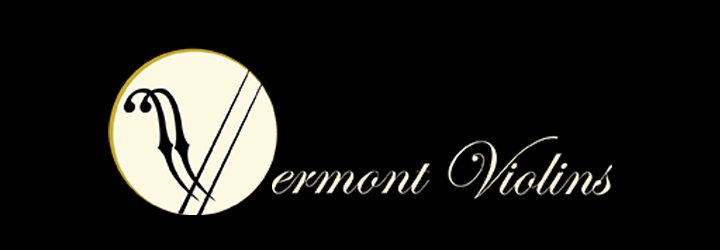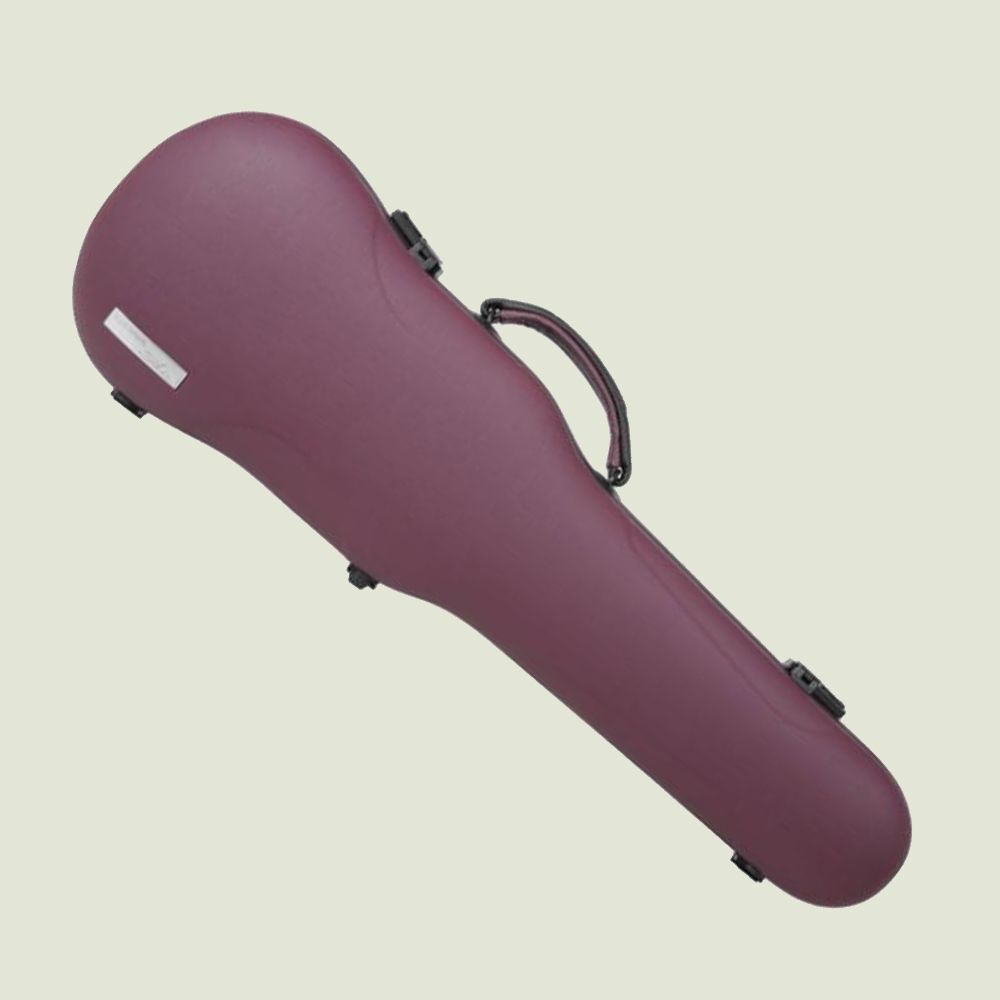Violin Vs Viola Case
5 Things to Consider When Buying a Violin or Viola Case
Looking for a new case for your instrument can be overwhelming. There are so many styles, brands, accessories, protection levels, and color choices that you might not know what you’re looking for. Gone are the days of the standard thermoplastic cases. Today’s string instrument cases are stylish, protective, and more affordable than ever!
When looking for a new case, we recommend planning ahead and deciding exactly what you need based on the following 5 factors.
Oblong vs. Shaped case
1 - What style case should I get?
This really depends on the player and what your musical life looks like. Violin and viola cases are built in either oblong (rectangular), shaped (made to form to the shape of the violin), or half-moon. There are a couple violin/viola cases that are made to emulate cello cases, such as Tonareli’s fiber-glass cello-shaped cases as well.
Oblong cases are rectangular and are built for the musician who packs on the heavier side. The rectangular shape lends itself well to carrying sheet music in the outside pocket, and most of these case have no issue carrying shoulder rests, rosin, and quite a bit more on the interior. The trade-off with oblong cases though, is their weight. While cases have made great strides over the years and reduced their carry weight significantly, the oblong cases are usually the heavier ones compared to other styles.
Shaped cases are a newer style on the market, and have only grown in popularity in recent years. Built for the light traveler and musician looking to keep it light, shaped cases are usually formed to the shape of the violin, or close to it, in order to cut down on material and deliver as light a case as possible. While these cases deliver a sleek look and a super-light case, as you can guess, the trade-off comes from losing storage space. Most shaped cases cut out the room for sheet music, and only fit certain collapsible shoulder rests.
The middle ground between these, are half-moon cases. Shaped like a oblong case with rounded edges, half-moon cases deliver a lighter case than oblong, but with more carry space than a shaped case.
Determine which style is best for you by answering the following questions. Do I bring sheet music with me wherever I go? Will I need to travel with this? How long am I walking with a case and does the weight affect my journey?
The Bam Panther Hightech cases use an advanced latch system.
2- What features should I be looking for?
Cases today come with a whole host of features and accessories such Bow spinners, hygrometers, storage pouches, straps, zipper and latches. We’ll look through the most common ones and help determine if the feature mentioned is important to you and your instrument.
Hygrometers are found in many violin and viola cases today, and seem to be a feature in almost every oblong case. These are handy because they help give you a general idea of what the humidity is in your case, and if your instrument is in danger of seams or cracks opening. While having a hygrometer in your case gives you a rough idea of humidity, we have found most in-case hygrometers to be largely inaccurate and recommend making sure your case has room for an in-case humidifier like a Boveda or Stretto system.
Zippers vs. latches. Today’s cases are closed shut with zippers, latches, or a combination of both. While it is a matter largely of preference, we prefer cases that utilize a latch system, as these are less prone to breaking or getting stuck, and many case makers will send replacement latches. Zippers have a tendency to get stuck and most case companies do not offer replacement zipper parts as easily as latches.
Any good case today will come with some form of carrying straps. The key is to find a strap system that feels comfortable and will last. Look for carabiner systems that hold the strap to the case on a metal ring. Case straps that are built into a case have a tendency to tear over time. Make sure the strap has some sort of padding where the majority of the weight will be distributed.
Bobelock has been making violin cases since 1901 and is one of the USA’s most trusted case makers
3- Does brand matter?
The short answer, yes. Case companies such as Bobelock, Bam, and Tonareli have been in the game for a while and have reputable reputations across the music industry. The benefits to going with a trusted case company are enormous, especially where your cases lifespan is concerned. Most of these manufacturers carry warranties for their products, have easily available replacement parts (Bam in particular is excellent with getting replacement parts to customers), and have cases from decades ago still in use from professional and amateur musicians alike. Before buying a case, do your research on the company. Make sure they have replacement parts available, have been making cases for a long time, and come highly reviewed from fellow musicians.
The Gewa Prestige case is one of the lightest on the market, weighing only 3.75 pounds.
4 - How much does weight matter?
This question really comes down to what type of player you are. If you’re frequently hitting up fiddle jams, playing in recording sessions, and bringing your violin everywhere, weight is going to make a huge difference. Even a case weighing 5 pounds is going to feel extremely heavy after a mile or two carrying, compared to a super-light shaped case which can weigh as little as 3.5 pounds.
If you’re more of a stay-at-home musician and have lessons once a week and orchestra another day, you might look at some of the heavier cases. Case weight is one of the biggest drivers of price, and some of the lightest cases on the market are also the most expensive.
Determine if case weight is important to you as a player, and if it’s worth the added cost.
Jakob Winter makes cases from all organic and recycled materials. With funky and unique case designs, they are a staple in the case world.
5 - What color should I get?
You’re on your own here! With so many varieties of cases available, there is almost no limit to the color options available for you to choose. Maybe you prefer the denim patterned Jakob Winter case made from all organic materials. Maybe you’re looking to stand out and make a fashionable statement with your case. Look into Bam’s high-fashion cases like the La Defense or L’Etoile models. Have a very specific color in mind? Check out Tonareli’s cello-shaped cases, available in dozens of colors.
The choices are all yours. Still confused or have questions? Contact us and we’ll happily guide you on your journey to finding the perfect case.




